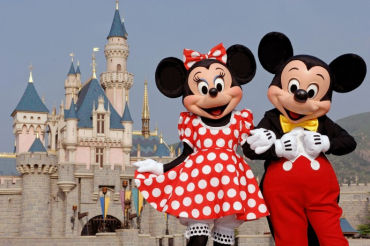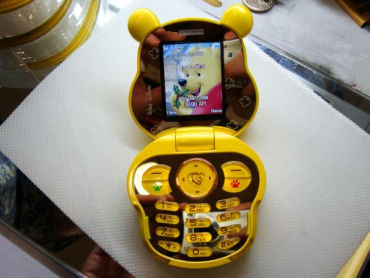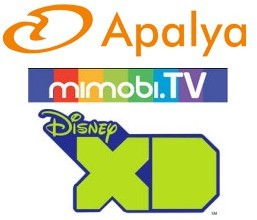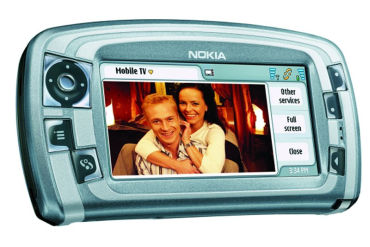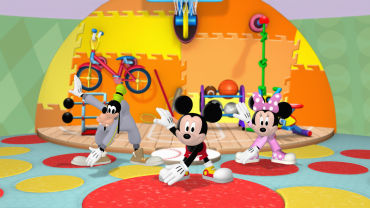 | « Back to article | Print this article |
For Mickey Mouse, mobile is serious business
Mickey Mouse is going mobile in India.
The Walt Disney Company, among the world's largest media and entertainment firms, established by the eponymous co-creator of the iconic cartoon, is keen to capitalise on the subcontinents' burgeoning mobile space to reach new audiences.
India is a key market for the company, given the country's demographics, as it is home to a substantial and growing young population, along with increasing middle-class affluence and an emergent craving for world-class entertainment.
But instead of singularly focusing on the more traditional medium of television, Disney wants to harness the handset in one of the fastest growing mobile phone markets in the world.
Click NEXT to read more...
For Mickey Mouse, mobile is serious business
"Unlike in many other countries where mobile is probably the third screen, in India, given the low penetration of PCs, mobile is going to be the second screen.
"And for some, mobile is going to be the first screen, given that even the TV penetration is not so high," said Raju Venkataraman, vice-president and general manager of Disney Media Distribution.
Click NEXT to read more...
For Mickey Mouse, mobile is serious business
"With the telecom provider in Andhra Pradesh, we can provide the content in Telugu; with one in Tamil Nadu, we can provide the content in Tamil," he said.
And the opportunity is being quickly converted into business.
Disney has already partnered with Apalya, an end-to-end mobile video platform provider, to make available a substantial number of its popular shows on mobile handsets or through data card connections. Apalya-enabled applications run on most Indian mobile service providers and the firm has 4-4.5 million subscribers currently.
Click NEXT to read more...
For Mickey Mouse, mobile is serious business
"There are about 130 million TVs in India, compared to between 700-800 million mobile phones in the country. Moreover, most households have a single TV with around 10-15 channels.
"With 3G having come in and 4G already auctioned out, there is huge potential in the country," says Apalya's director Vamshi Reddy.
India, one of the hungriest markets for smart phones, according to Reddy, may end up with 50-80 million 3G-enabled over the next years, thereby opening up a space where data will be increasingly in demand.
Click NEXT to read more...
For Mickey Mouse, mobile is serious business
More data will translate into further distribution flexibility for Disney, which had thrived by latching on to newer technologies and making them work.
In the United States, for instance, Disney went against the norm to introduce Subscription Video-on-Demand.
"For many years, the Disney channel was just a cable linear experience. In 2003, we launched the first SVOD service for Disney channel with a company called CableVision in New York.
Click NEXT to read more...
For Mickey Mouse, mobile is serious business
"But we transformed that because we found it supplemented the experiences, so we started putting premiers of shows on the channels.
"Conventional wisdom was that it would destroy the broadcast. But it had the opposite effect. It's about delivering the experience so that consumers can have access to content," he added.
Click NEXT to read more...
For Mickey Mouse, mobile is serious business
"The second thing that we have been able to do with these platforms given their technology is supply video on demand.
"We are working with several of our DTH partners to take our movies after a certain window on a VOD (video-on-demand)," said Venkataraman.
More telling, however, is Venkataraman's admission of not attempting to "to build the Walt Disney Company in India", but rather "the Indian Walt Disney Company".
Click NEXT to read more...
